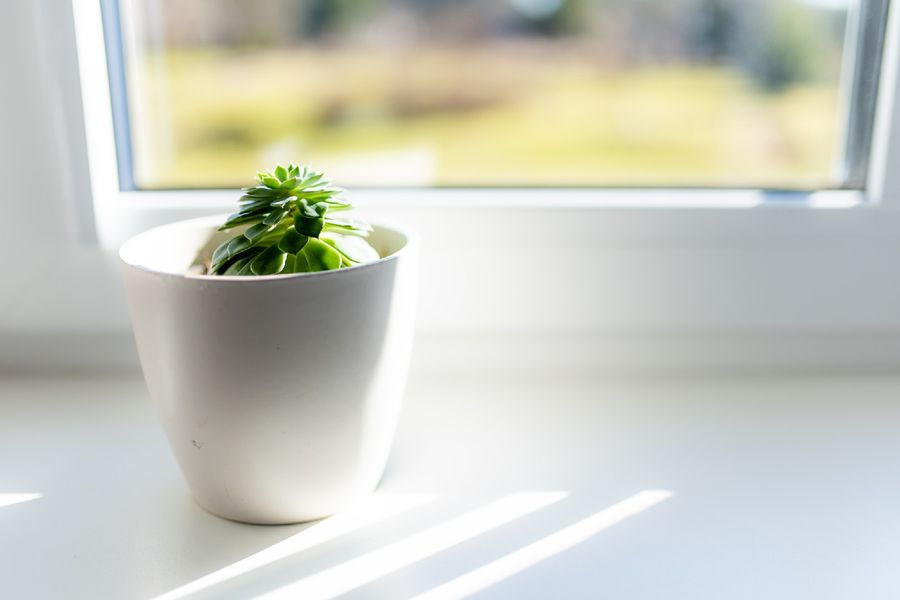Succulents have become a favorite among plant lovers for their striking shapes, minimal care needs, and their ability to thrive even in the harshest conditions. But perhaps one of their most stunning features is their ability to change colors and display variegation – distinct, beautiful patterns of different colors on the same plant.
We will delve into these fascinating aspects of succulents here. By understanding the reasons behind these color changes and variegations, you’ll be well-equipped to care for your plants and even bring out their best colors. So, let’s dive into this vibrant world of succulents and discover the secrets of their color changes and variegation.









